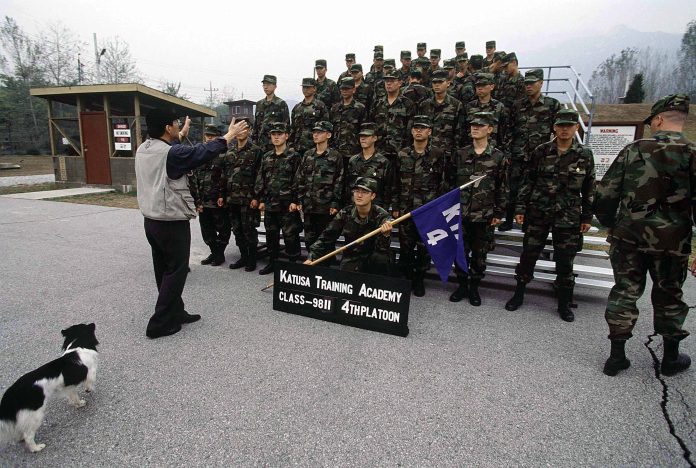
What started as an expedient to address US troop shortages during the Korean War (1950 to 1953), the bilateral KATUSA (Korean Augmentation To the United States Army) programme has become a model of Allied military cooperation.
The programme integrates highly selected, conscripted Korean enlisted applicants directly into US Army units based in the Republic of Korea (ROK). Openings are highly sought after with ten applicants for each position. Those selected undergo Republic of Korea Army (ROKA) basic training and then are assigned to serve their full tour beside US soldiers in both support and combat units. Both the United States and ROK view the programme as invaluable in enhancing the capabilities of US Army units in Korea, as well as building camaraderie and collaboration.
The US and ROK governments share the cost of basing US troops on ROK soil via the Special Measures Agreement (SMA). This negotiates bilateral cost-sharing every five years. According to official ROK figures, in 2016 and 2015 respectively, Seoul paid around 50 percent (circa $780 million) annually towards the total cost of basing US troops in the ROK.












